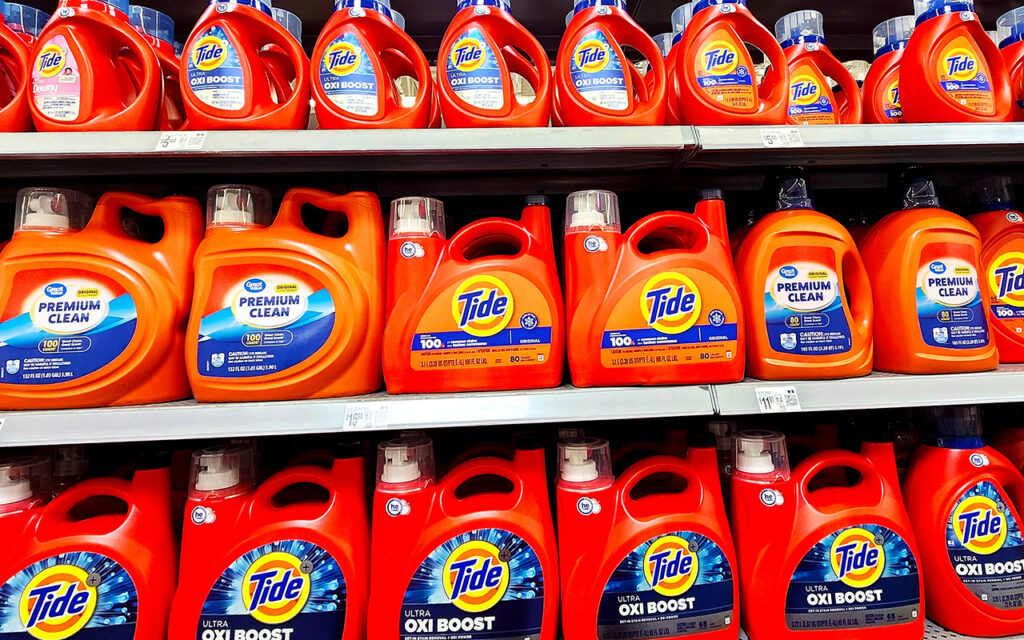In an increasingly unpredictable market, many investors—especially retirees—are shifting their strategy. Instead of chasing the next hot tech IPO or high-risk crypto trend, they’re searching for what analysts call “Sleep Well” stocks. These are companies with reliable cash flow, stable growth, and low volatility—investments that let you rest easy at night knowing your money is working quietly and steadily.
For seniors in particular, “Sleep Well” stocks have special appeal. These are the investments that don’t require daily monitoring, don’t swing wildly with headlines, and offer peace of mind that dividends and performance won’t vanish overnight. And with the market bouncing between rate hikes, geopolitical headlines, and inflation anxieties, that peace of mind has never been more valuable.
So which companies do analysts say check the boxes for stability, income potential, and long-term security? According to several market experts, three top contenders are Charter Communications, Cox Enterprises, and Procter & Gamble. Here’s why these stocks are considered senior-friendly—and what you need to know before adding them to your portfolio.
1. Charter Communications (NASDAQ: CHTR)

A Quiet Telecom Titan with Growing Strength
Charter may not make headlines as often as Apple or Amazon, but behind the scenes, it’s become a giant in the broadband and cable space. Operating under the Spectrum brand, Charter serves more than 32 million customers in 41 states. It generates consistent cash flow through subscriptions for internet, cable, and phone services—a business model that thrives on reliability.
What makes Charter a “Sleep Well” stock? Analysts point to its recurring revenue stream, which is largely immune to economic downturns. Whether the market is up or down, people still pay for their internet and cable. In fact, demand for high-speed internet often rises during recessions as more people stay home and cut back on travel and entertainment.
Charter’s operating margins are healthy, hovering near 40%, and the company is aggressively buying back shares—returning value to investors without the drama of a splashy dividend. While it doesn’t pay a dividend yet, analysts believe that could change in the next few years as free cash flow continues to grow.
Another point in Charter’s favor? Its potential merger with Cox Communications—a move that could create one of the largest telecom players in the U.S. If approved, the merger could lead to greater operational efficiency and expanded services, benefiting both the company and shareholders.
Why seniors might like it:
- Steady, utility-like revenue stream
- Strong buyback program
- Positioned to benefit from growing broadband demand
What to watch for:
- Regulatory pushback on mergers
- Potential short-term costs of infrastructure expansion
2. Cox Enterprises (Private)

Stable, Diversified, and Under the Radar
While Cox isn’t publicly traded, it often makes the list of companies retirees should keep on their radar—particularly through bond offerings or through indirect exposure via telecom ETFs and mutual funds.
Cox Enterprises owns Cox Communications, the third-largest cable company in the U.S., and a range of other businesses spanning media, automotive technology (like Kelley Blue Book and Autotrader), and clean energy. Its diversification is part of what makes it a “Sleep Well” name.
Cox’s communications division is a cash-generating powerhouse, with an estimated $12 billion in annual revenue. It has a strong footprint in cities like Atlanta, San Diego, and Phoenix, and has remained consistently profitable for decades.
Though not directly investable via stock markets, Cox is often part of fixed-income investment portfolios and ETFs that include telecom infrastructure, making it worth watching if you’re looking to invest in broader sector strength without the volatility of startup-heavy tech funds.
Why seniors might like it:
- Exposure through stable mutual funds and ETFs
- Strong corporate governance and private ownership
- Reputation for long-term planning over short-term risk
What to watch for:
- Limited direct investment opportunities
- Regulatory scrutiny from the merger with Charter
3. Procter & Gamble (NYSE: PG)

A Dividend King That’s Still Going Strong
For retirees looking for a household name with a rock-solid dividend, Procter & Gamble (P&G) remains a cornerstone of senior-friendly portfolios. With brands like Tide, Crest, Pampers, Gillette, and Bounty, P&G dominates the consumer staples sector—and it has for over 180 years.
What makes P&G a “Sleep Well” stock is its incredible consistency. The company has paid a dividend for 133 consecutive years and has increased that dividend for 67 straight years—a track record very few companies can match. Its current yield hovers around 2.5%, which is attractive in a low-risk context.
More importantly, P&G’s products are things people continue buying no matter what the economy looks like. Toothpaste, detergent, and toilet paper don’t go out of fashion, and that makes revenue predictable. During inflationary periods, the company has successfully passed on price increases to consumers without major drop-offs in sales—demonstrating its pricing power and brand loyalty.
Why seniors might like it:
- Reliable dividend income
- Low beta (market volatility)
- Strong brand moat and consumer loyalty
What to watch for:
- Inflation impacting input costs
- Currency headwinds from global operations
What Makes a Stock “Senior-Friendly”?

To be labeled “senior-friendly,” a stock doesn’t need to be flashy—it needs to be reliable. Here are a few common traits analysts look for:
- Low volatility: No wild swings in value that could wipe out savings overnight.
- Dividend potential: Either current payouts or strong buybacks for long-term value.
- Essential services or products: Utilities, healthcare, telecom, and consumer staples tend to outperform in turbulent times.
- Solid balance sheet: Low debt and strong free cash flow.
- Track record: Established companies with a long history of stable earnings and ethical governance.
These aren’t necessarily the stocks that make millionaires overnight—but they help seniors sleep without worrying about sudden losses or unsustainable hype.
Final Thoughts: Should You Invest?

For seniors, especially those living on fixed incomes or carefully managing retirement withdrawals, portfolio stability is essential. While there’s room for growth investments, most advisors suggest keeping a core foundation of defensive, income-generating, or stable performers.
Charter and Cox offer intriguing telecom exposure, especially as the need for broadband grows among all age groups. Procter & Gamble continues to be the gold standard for income-oriented investors. While no stock is risk-free, these companies embody the kind of predictability and durability that make long-term investing a little less stressful.
Before investing, speak with a financial advisor about your risk tolerance, income needs, and tax situation. But if you’re looking for stocks that let you sleep well—and live well—these names are a good place to start.